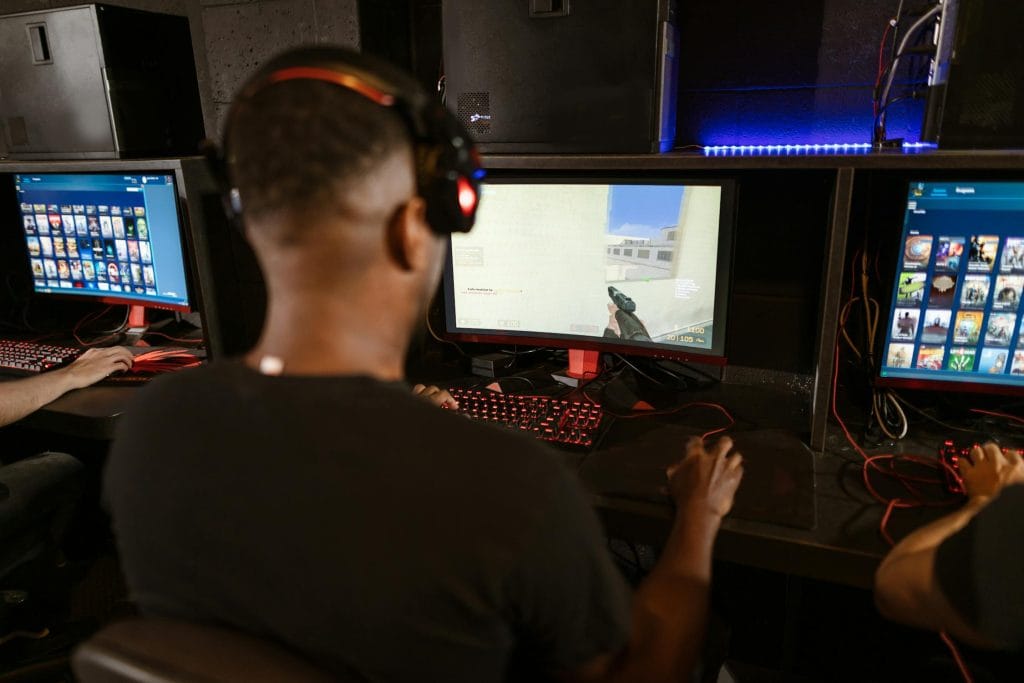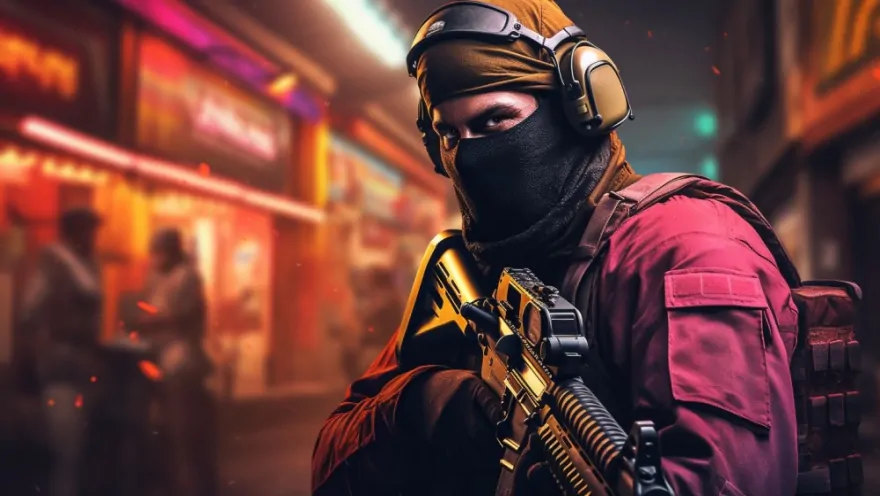
At first glance, casinos and video games might seem like completely different worlds, but they actually have a lot in common. The same mechanics that make Counter-Strike so addictive are also the foundation of modern casino strategies.
Casino promotions, for instance, are beginning to mirror mechanics such as Loot boxes, skin trading, and reward-driven engagement we often see in video games such as CS:GO.
From randomized bonuses to community-driven promotions, the similarities between Counter-Strike and online gambling run much deeper than most people realize. Let’s see how.
The rise of loot boxes and randomized rewards
One of Counter-Strike’s biggest influences on digital gambling comes from loot boxes. In Counter-Strike: Global Offensive (CS:GO), players could purchase keys to unlock virtual cases, each containing a random in-game item.
These items ranged from common skins to ultra-rare collectibles that could be sold for thousands of dollars. The excitement of opening a case, the anticipation of a rare drop, and the social prestige of high-value skins created a powerful engagement loop.
The skin economy in Counter-Strike turned virtual collectibles into a thriving market and online casinos have adopted similar reward mechanics to keep players engaged. Mystery bonuses, seasonal promotions, and time-limited offers now mimic the hype cycles of CS:GO skin drops, making every reward feel like an exclusive unlock.
Similar top-tier offers are found in the casino industry with sources like Bonus Focus highlighting the types of bonuses you can find at online casinos. These casino promotions and bonuses help to drive anticipation and excitement while keeping players engaged for longer periods.
Gamified promos with a sense of progression
Nothing beats the thrill of unlocking another level or climbing up the leaderboard when playing online. Both online casinos and Counter-Strike employ various psychological tactics to make players return.
In CS:GO, players will experience a dopamine rush when they win a round, get a headshot, or open a high-value skin. Casinos replicate the same with wild bonus rounds in slot games, mega-wheel jackpot spins, and time-limited offers that create a feeling of excitement and urgency.
Even casinos are now adding gamification elements to their websites. Players can earn experience points, level up, and collect new rewards which are basically leveling up in Counter-Strike.
Some casinos employ tiered VIP programs with more exclusive benefits offered for those who unlock the next tier. These are the types of mechanics that create high engagement and make people keep coming back for more.
The impact of the skin economy on digital gambling
CS:GO’s skin trading market didn’t just stop at collectibles; it also brought financial speculation into gaming. Players acquired skins, traded them, and even used them for gambling.
This led to the rise of third-party platforms where users could wager skins on esports matches or treat them as virtual currency for gambling activities. As a result, the similarities between gaming and gambling increased significantly.
Today, online casinos have embraced a similar model that utilizes digital currencies, exclusive VIP perks, and in-game assets with real-world value. Many gambling platforms now use loyalty programs and tiered reward systems that mimic in-game economies to keep players engaged through long-term progression and incentives.
Bringing the gaming aesthetics to online casinos
The visuals, design, and soundtrack of video games like CS:GO have had a major influence on online casino games, especially on video slots. Modern casino games now feature high-quality graphics, immersive sound effects, and dynamic animations that recreate the full thrill of video gaming.
With themes inspired by popular shooters, fantasy worlds, and cyberpunk aesthetics, these games feel more like interactive entertainment than traditional gambling. This fusion of gaming and betting keeps players engaged by offering familiar and visually striking experiences.
Community-driven marketing
Another key similarity between Counter-Strike and online casinos is how they market their content to attract and retain players. Counter-Strike became a global phenomenon thanks to its strong community, esports tournaments, and user-generated content.
In response, casino brands have adopted similar tactics by partnering with influencers, sponsoring events, and encouraging social interaction through chat features and live dealer games. You wouldn’t be surprised to see online casino platforms like Stake partnering with celebrities such as Canadian rapper Drake, Israel Adesanya in UFC, and big soccer teams like Everton.
Some casino promotions reflect the competitive and collaborative nature of games like Counter-Strike. Features like live dealing, seasonal tournaments, and social reward systems are all inspired by the gaming world. With a sense of community in mind, online casinos create a more immersive experience and keep players engaged beyond just gambling.
Final Thoughts
Counter-Strike’s influence extends far beyond esports. Its loot boxes, skin economy, and engagement mechanics have imprinted on online gambling, shaping how casinos structure their promotions and reward systems.
The thrill of unpredictability, the excitement of unlocking exclusive content, and the sense of community that made Counter-Strike a global sensation are now key elements of modern online casinos.
From randomized bonuses and VIP reward tiers to gamified loyalty programs, traces of Counter-Strike can be found throughout the online casino world. As both industries continue to evolve, their shared strategies will likely play a major role in shaping the future of digital entertainment in ways we can’t yet predict.

